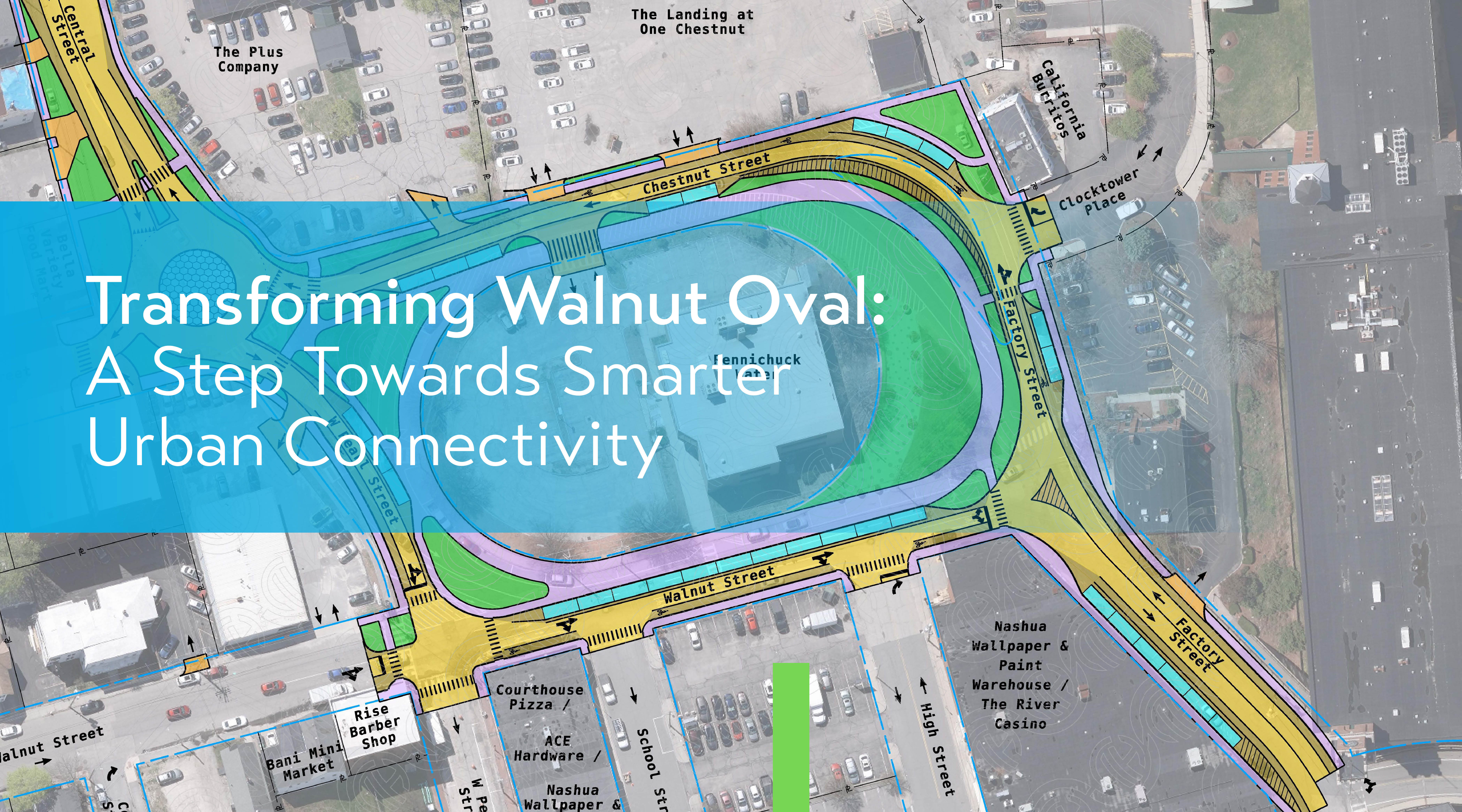Stormwater that ponds or collects on airports can be considered a hazardous wildlife attractant and pose a significant risk to aircraft and the flying public. According to the Federal Aviation Administration, there were 17,228 wildlife strikes at 753 US airports in 2019. In a previous blog post by Senior Airport Engineer Wilbur Mathurin about protecting wildlife, he mentions the importance of proper drainage on an airport, calling the stormwater design “a delicate balance between aircraft safety and providing adequate infrastructure to manage stormwater runoff during a storm.”
There are of course, some challenges when it comes to finding the right balance. Stormwater design is not necessarily straightforward, and there are quite a few different goals and standards that need to be met. Below are three important airport stormwater design concepts that provide some insight into what is considered during design.
1. Elevation
For the safety of the moving aircraft, airfield pavement and airport turf areas are designed with minimal slopes, making most airports relatively flat. When the differences in elevation from inlet to outlet are minor and the slopes of any channels or pipes might be minimal it can make it difficult to move stormwater quickly off the pavement and away from the aircraft. Additionally, stormwater may need to be stored to reduce the peak flow, or treated, both of which could impact some of the elevation you need to outlet. Stormwater chambers and/or some treatment systems are located underground, so you need to make sure that it isn’t too deep that you can’t get the water out.
Another potential limiting factor with underground storage may be possible contamination from nearby fueling operations or by the depth to groundwater and/or bedrock. Impermeable liners can be used, but this eliminates the possibility of infiltration to groundwater and requires an outlet to an appropriate discharge location or integration into a closed drainage system.
2. Above ground stormwater detention

It would be ideal to avoid any and all areas of stormwater detention, but as mentioned above, underground operations are not always feasible. If above-ground detention is used, it is important to make sure that the stormwater will drain as quickly as practicable so that it does not become an attractant for birds. When using detention in combination with a soil filter for treatment, state design standards typically require that the water drains in no less than 24 hours for proper filtration and no more than 48 hours to avoid prolonged detention.
When treating stormwater, multiple infiltration ponds may be needed to collect stormwater from multiple impermeable areas. Each soil filter or infiltration basin requires a certain amount of space to collect properly, store, and filter the required volume of stormwater runoff. In some areas of an airport such as adjacent to the runway or taxiway, a long soil filter design might be more feasible, but it can be challenging to find enough space for the proper size system near aprons and buildings.
3. Permitting
To safeguard water quality stormwater treatment is required is required for runoff from impervious areas including airport building rooftops and airfield pavement. In addition to federal standards, the permitting process is specific to each state, so permitting requirements and treatment design solutions vary by airport. Stormwater treatment design at airports can include infiltration ponds, soil filters, subsurface sand filters or underground storage chambers with filtration, open-lined channels to convey the stormwater to another location, or meadow buffers if they are available. Before permitting, it is essential to check the data you will need to submit with the design. This can include test pits, bedrock and groundwater depth, soil type, hydraulic conductivity of existing soils, etc. Information will need to be obtained relatively close to the area of the proposed stormwater treatment, so the design must be closely coordinated with the data collection process. It is ideal for permitting to happen before the design is complete to start the review process with the permitting agency.
As airport design engineers, we understand the direct correlation between aircraft safety and stormwater management. Proper stormwater drainage design considers each airport’s unique terrain, storage capacity and treatment standards. I am available to discuss any of these elements may be impacting your airport’s stormwater management and how we can help improve your facility’s system.
This post was written by Nicole Crawford, PE, ENVSP.









